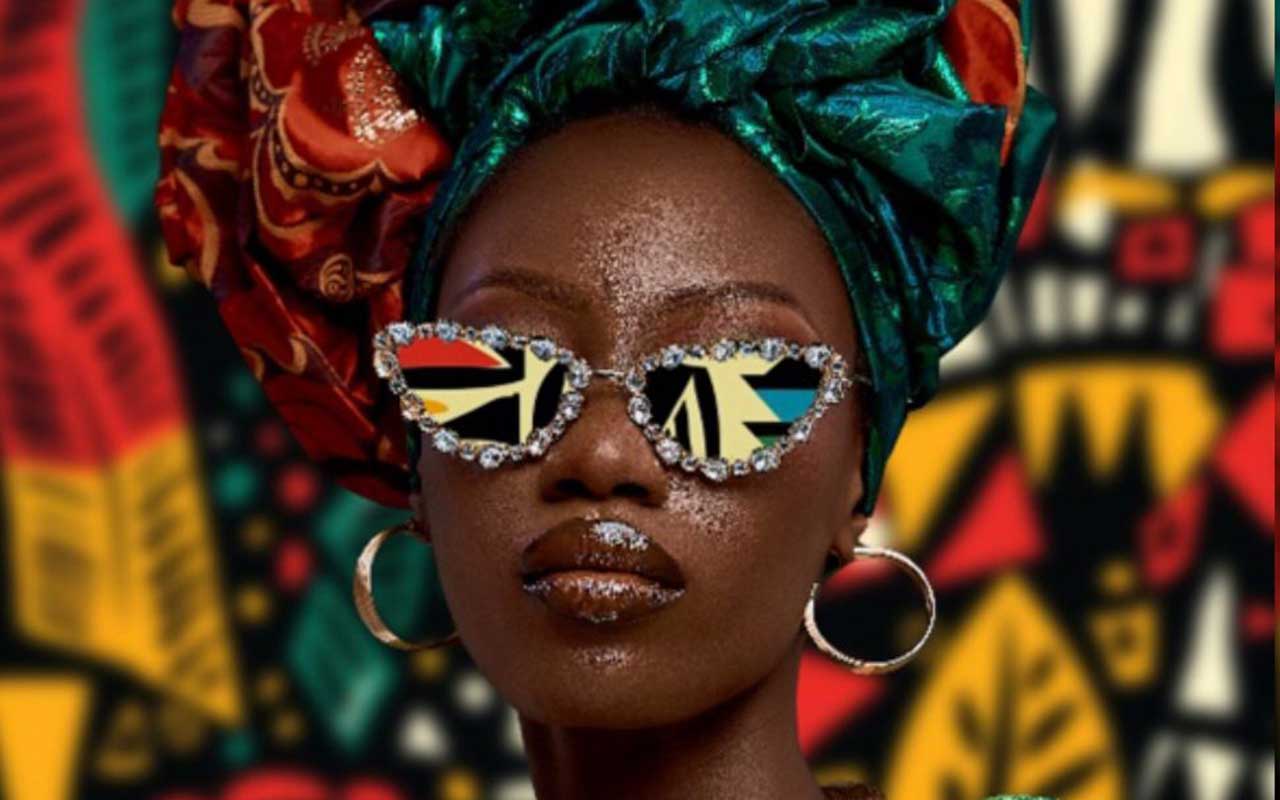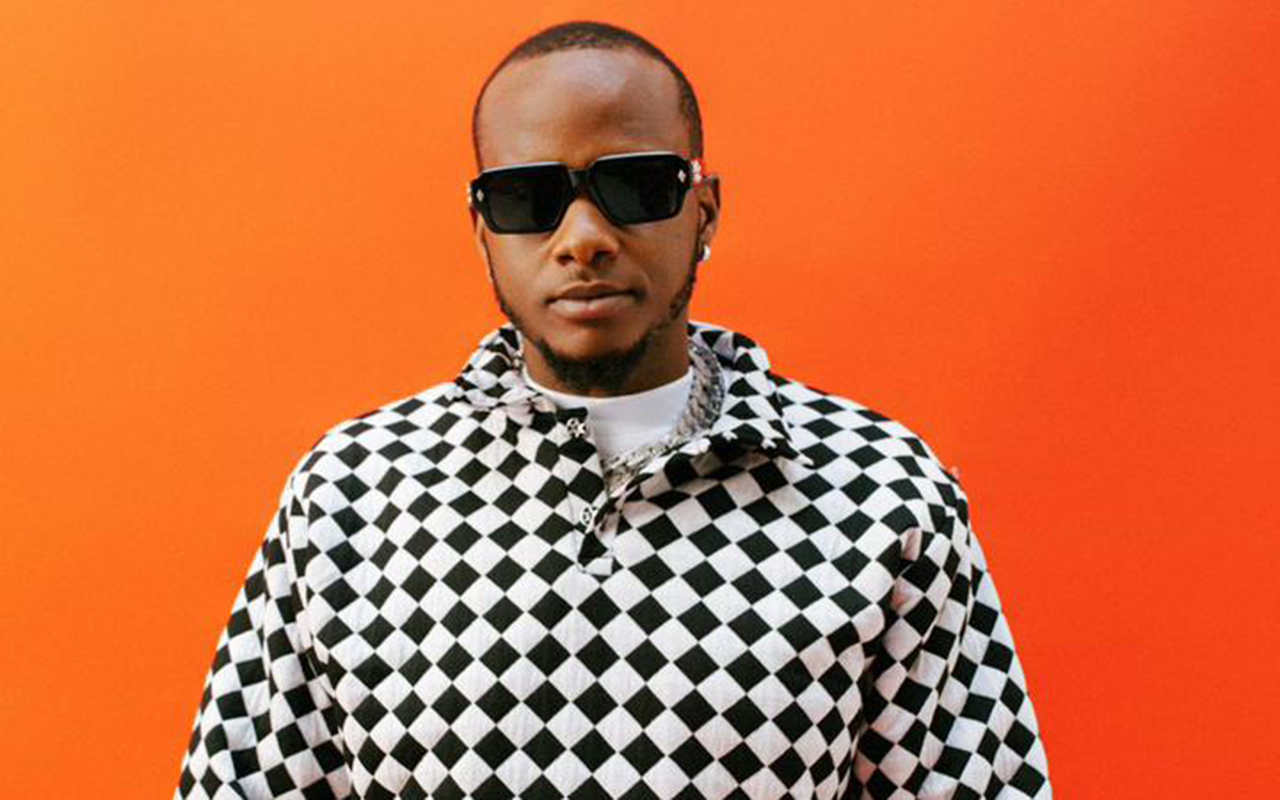In Gele’s Grace and Beauty Wrapped in Colours, Nigerian artist Oluwatobi Ogundunsin presents photos that are at once intimate and monumental, personal and mythic. These works stage encounters with history, with adornment, with the very act of seeing. Ogundunsin’s style, rooted in the aesthetics of contemporary African photography, merges fashion’s precision with portraiture’s psychological depth, all while interrogating what it means to be visible on one’s own terms. His work exists at the intersection of tradition and reinvention, where the gele, a Yoruba headwrap often worn as a marker of identity, becomes a sculptural, almost architectural, assertion of presence.
Gele’s Grace is a study in controlled opulence. The subject’s gele, a headwrap so voluminous it borders on the monumental. Ogundunsin’s lighting, soft yet dramatic, gives the fabric an almost metallic sheen, as if lit from within, while the geometric backdrop exudes a rhythm that feels ancestral yet decidedly modern. The pattern, a riot of sharp angles and saturated hues, complement the subject; it extends her, suggesting that her identity is inseparable from the visual language of her heritage. This interplay between figure and background reflects a broader trend in contemporary African art, where artists like Njideka Akunyili Crosby and Lakin Ogunbanwo use pattern not as decoration but as narrative, embedding personal and collective histories into the very texture of their work.
The glasses, encrusted and reflective, are the image’s conceptual keystone: they obscure her eyes but amplify her agency, turning the act of being seen into a kind of performance. They function as both barrier and conduit, a way of controlling how, and how much of herself she reveals. This tension between visibility and protection is central to Ogundunsin’s practice, echoing the ways in which Black women navigate a world that often demands their hypervisibility while denying them true recognition. The torque collar and hoop earrings, with their unapologetic gleam, further this dialogue, grounding her in the language of adornment as power.
There’s something undeniably regal about her posture, but it’s a regality that feels earned, not inherited.
Beauty Wrapped in Colours takes a quieter, more organic approach. Here, the subject emerges from foliage, her metallic skin echoing the gold of her jewelry, as though she were forged by the landscape itself. The leaves frame her like a living halo, blurring the line between figure and environment. Unlike Gele’s Grace, there’s no defensive glamour, no sunglasses, no fragmented reflections— just an unbroken gaze that feels both ancient and immediate. This isn’t the romanticized, passive “Mother Africa” trope of earlier Western depictions, but something more nuanced, a reclamation of the natural world as collaborator, not backdrop.
When placed side by side, the two portraits reveal Ogundunsin’s range. Gele’s Grace is declarative, a manifesto in fabric and light; Beauty Wrapped in Colours is meditative, a whisper that lingers. The first confronts the viewer with the armor of adornment, the second dissolves armor into the atmosphere. Yet both share a refusal to be reduced, to stereotype, to passive beauty, to a single narrative. They are part of a growing movement in contemporary African art that treats portraiture not as documentation but as dialogue, where the subject is neither object nor muse but active participant. Artists like Ruth Ossai and Adébayo Bolaji explore similar themes, and Ogundunsin’s work joins good company on the virtue of cinematic sensibility.






